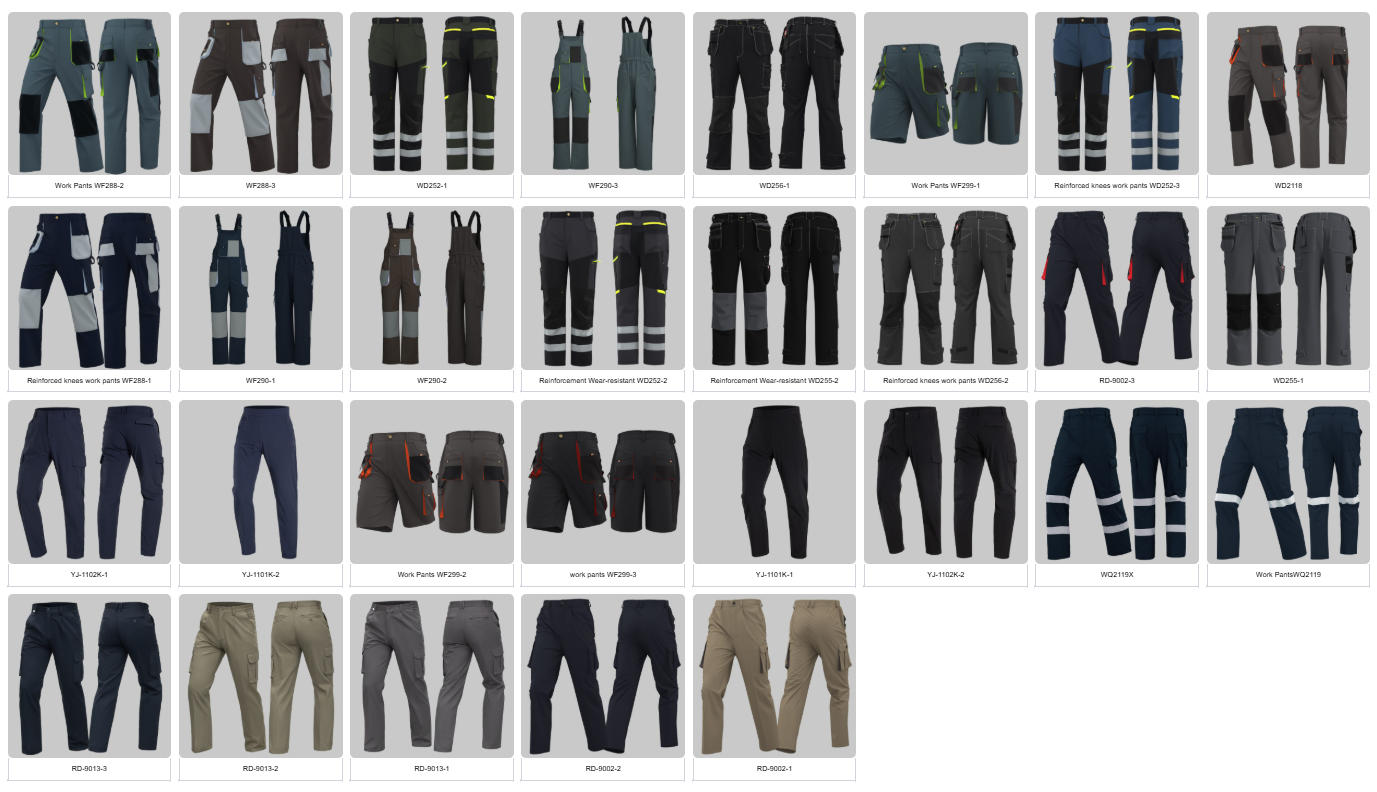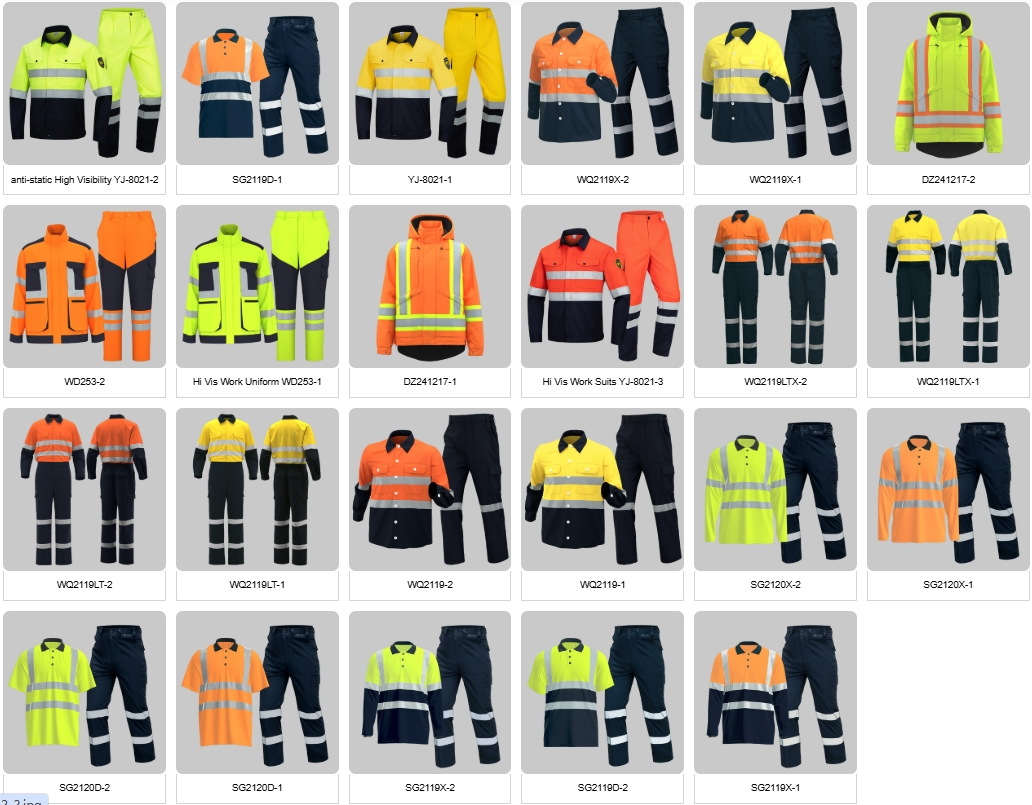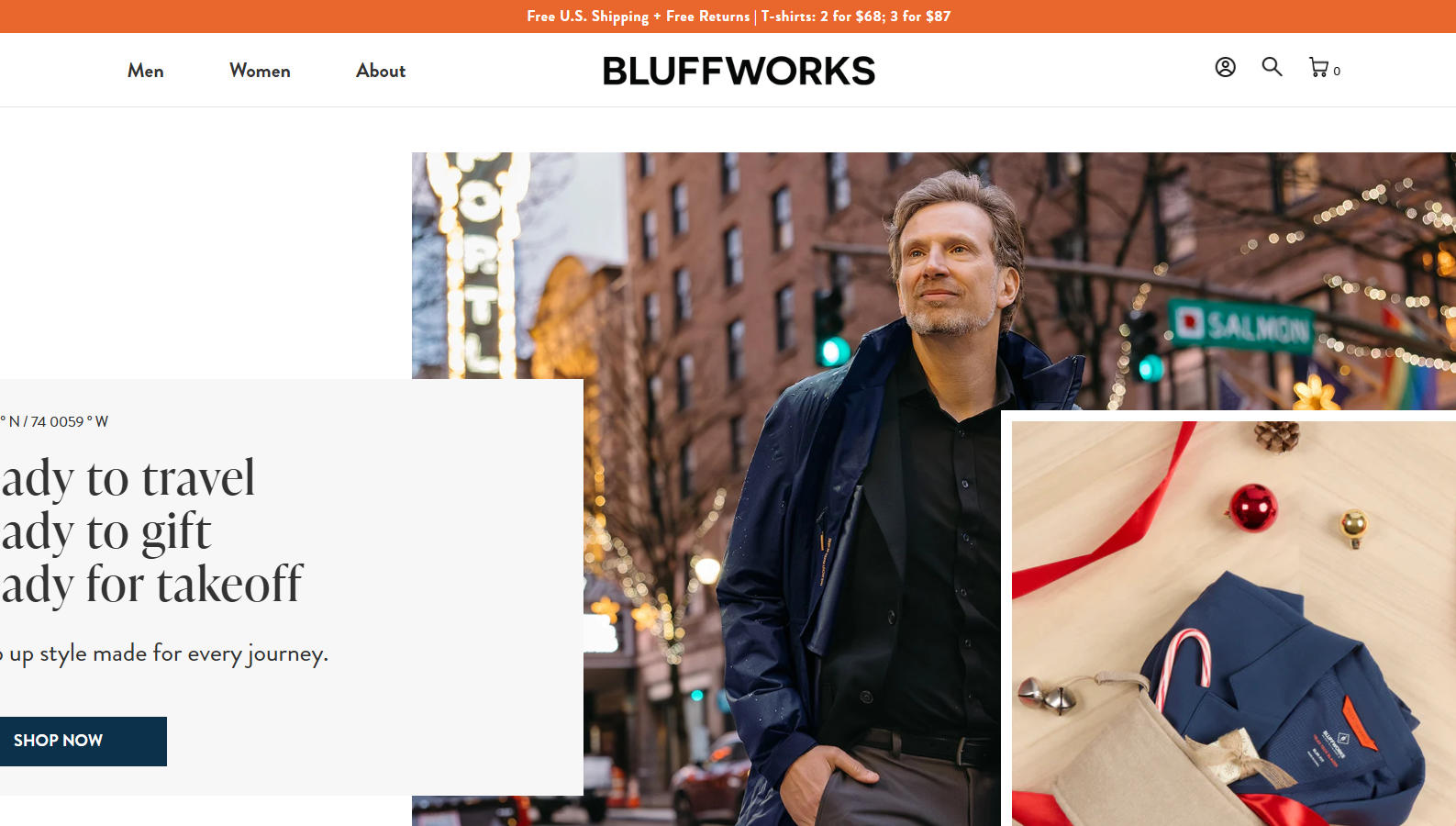Here is a comprehensive guide to Industrial Work Pants, designed for environments like factories, warehouses, oil & gas, and manufacturing plants, where hazards and requirements can differ from a standard construction site.
The Ultimate Industrial Work Pants Guide
Industrial work pants are engineered for a unique set of challenges: exposure to chemicals, sparks, and complex machinery, combined with the need for long-term durability and often, strict safety compliance.
1. Critical Features for the Industrial Environment
Beyond the basics of durability, these features are paramount in an industrial setting.
-
Material & Fabric Technology:
-
Flame-Resistant (FR) Fabric: This is the single most important feature for many industrial jobs (e.g., oil & gas, electrical, welding). FR fabrics are designed to self-extinguish and not continue to burn after the ignition source is removed. They are made from inherently FR fibers (e.g., Nomex, Modacrylic) or are cotton-based fabrics treated with an FR coating.
-
High-Tensile & Abrasion-Resistant Fabrics: Fabrics like Ballistic Nylon or reinforced poly-cotton blends are used in high-wear areas (knees, seat) to resist tearing from abrasion against rough surfaces or machinery.
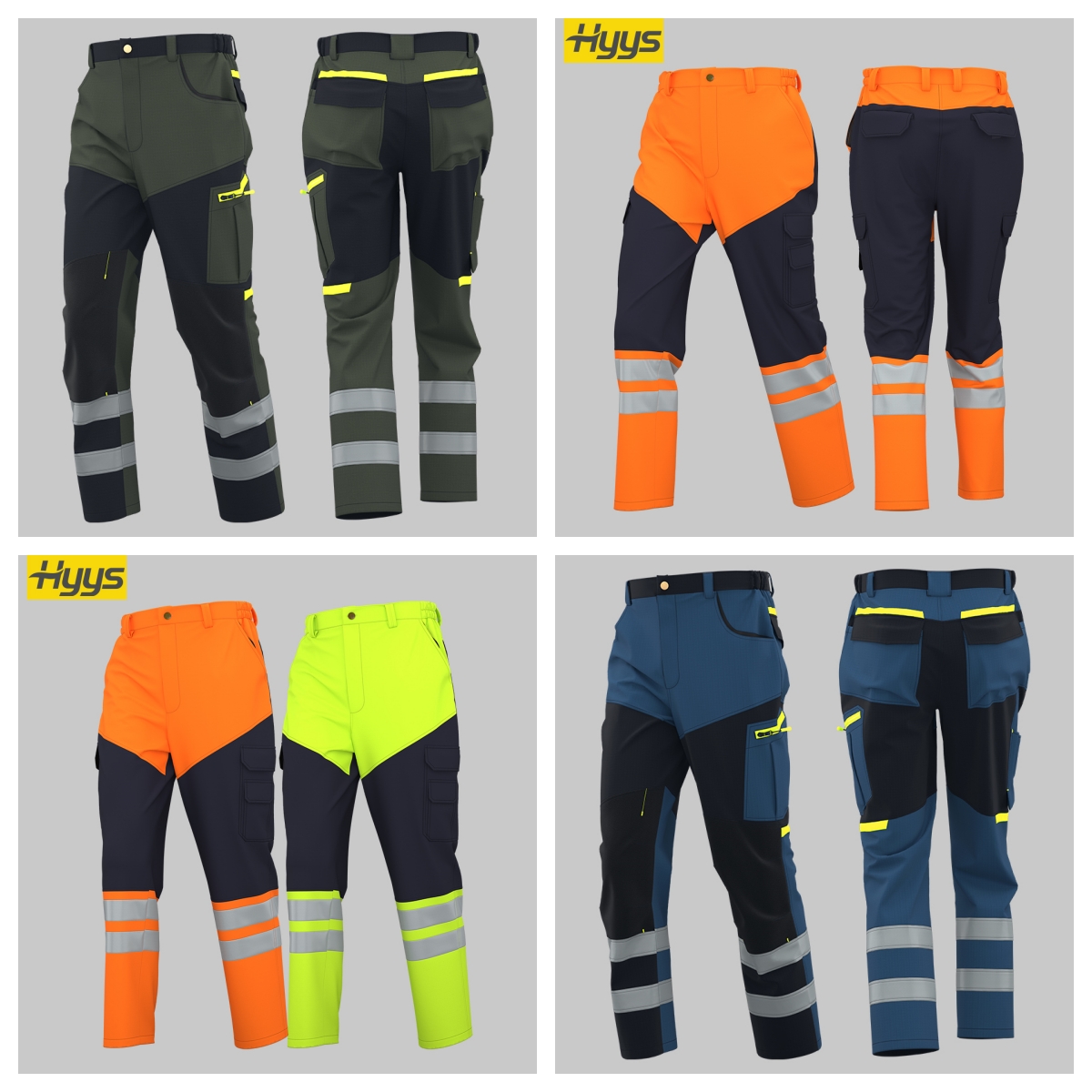
ripstop labor workwear pants -
Ripstop Weave: A lightweight but incredibly strong fabric with a grid pattern that prevents small tears from spreading. Excellent for maintenance and technician roles.
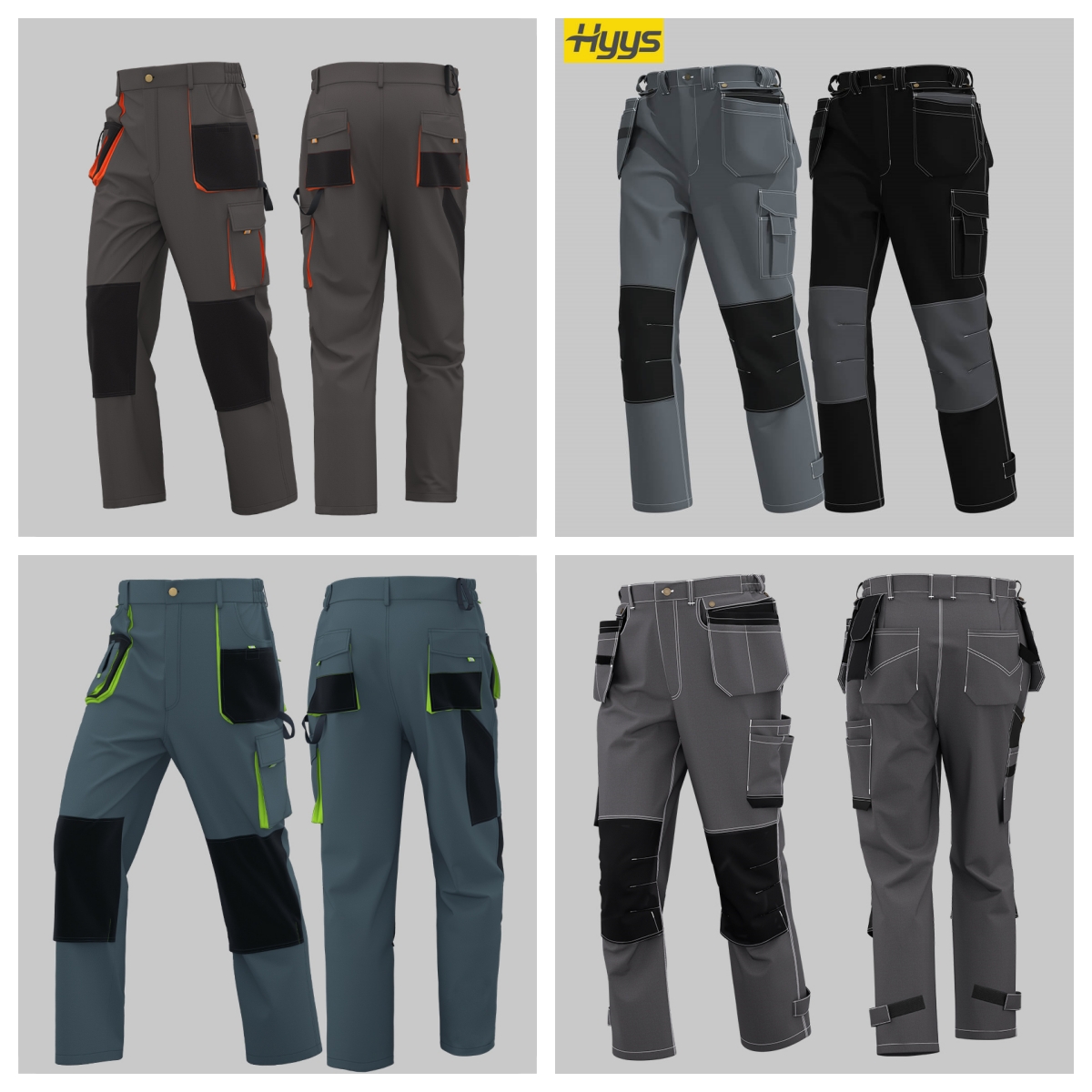
Canvas wear resistant labor workwear pants -
Stretch & Flexibility: Modern industrial pants often incorporate 2-way or 4-way stretch fabrics with a small percentage of spandex/elastane. This is critical for mobility when climbing, crouching, or operating machinery.
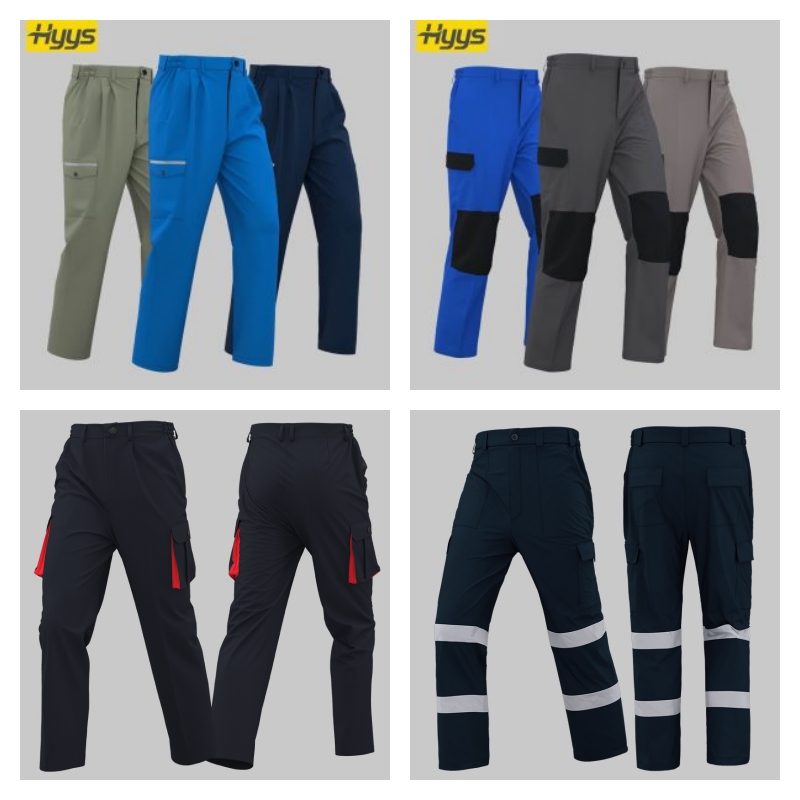
polyester cotton labor workwear pants
-
-
Safety-Specific Design:
-
No External Metal: Many industrial pants feature snap closures instead of zippers and bartacked seams instead of rivets to prevent sparking in volatile environments.
-
Cuffless Legs (or “Boot Cut”): A clean leg opening without a cuff prevents catching on machinery, ladders, or protrusions.
-
ANSI/ISEA Compliance: For high-visibility pants, they must comply with specific standards (e.g., ANSI/ISEA 107) for the amount and placement of reflective material.
-
Anti-Static/Static Dissipative (SD): Crucial for electronics manufacturing or environments with flammable vapors, where a static spark could be catastrophic.
-
-
Functional Tool Storage (Optimized for Industry):
-
Rule Pockets: For calipers, inspection gauges, or specific tools.
-
Tool Pockets with Security: Deep, reinforced pockets with hook-and-loop flaps or zippers to prevent tools from falling out when bending over.
-
ID/Badge Holder Loops: A dedicated loop for a company ID or access badge.
-
Pencil Pockets: Sized for pens, markers, or scribes.
-
-
Comfort & Durability for Long Shifts:
-
Gusseted Crotch: An absolute must for preventing blowouts during squatting, climbing, and heavy lifting.
-
Articulated Knees: Pre-bent knees reduce fabric strain and improve comfort.
-
Reinforced Knees with Pad Pockets: Just like construction pants, but the knee pad pockets must often be compatible with FR-rated pads if the pants are FR.
-
2. Top Brands for Industrial Work
| Brand | Known For | Industrial Specialty | Price Range |
|---|---|---|---|
| Carhartt FR & Carhartt Force | Rugged reliability, trusted brand. | Full lines of FR workwear (shirts and pants) and the “Force” line for breathable, durable performance. | $$ – $$$$ |
| Ariat & Wrangler Industrial | Reinforced durability, often with a focus on the oil & gas sector. | Heavy-duty fabrics, FR options, and designs that withstand harsh industrial environments. | $$ – $$$ |
| Bulwark FR | The go-to specialist for Flame Resistance. | A huge range of FR-specific pants, from everyday wear to extreme heat protection. | $$$ – $$$$ |
* **Duluth Trading Company** | Innovative features and exceptional comfort. | Their "Fire Hose" line is extremely durable, and they offer FR versions. Known for the "Crouch Gusset." | $$ - $$$ |
| Haiyuan Industrial | Affordable, reliable, and widely available. | A solid budget-friendly option for general industrial duty with reinforced knees and durable fabric. | $ – $$ |
| Truewerk | Modern, technical approach to workwear. | Their pants use a layered system (e.g., T1 for lightweight, T2 for all-season, T3 for insulated) with highly technical, breathable fabrics. | $$$ |
3. Recommendations by Industrial Role
-
Welder / Metal Fabricator:
-
Priority: Flame Resistance (FR) is non-negotiable. Look for heavyweight, 100% cotton FR or inherent FR fabrics to resist sparks and slag. Cuffless legs are essential.
-
Examples: Carhartt FR Duck Bib Overall, Bulwark FR Coverall, Ariat FR Jeans.
-
-
Oil & Gas / Petrochemical Worker:
-
Priority: FR/AR (Flame-Resistant/Arc-Rated) for flash fire and electrical arc hazards. Anti-static properties are also critical. Durability against chemicals and abrasive surfaces is key.
-
Examples: Bulwark FR Essentials, Carhartt FR Rigby Dual Utility Pant, Ariat FR Hydrolock (for water/oil repellency).
-
-
Factory / Assembly Line Worker:
-
Priority: Mobility and comfort for long shifts of standing, bending, and reaching. Stretch fabric and a gusseted crotch are ideal. Pockets for small tools and a badge holder are useful.
-
Examples: DuluthFlex Fire Hose Work Pants, Truewerk T2 Pant, Dickies Flex Industrial Pant, Haiyuan Industrial Pant.
-
-
Warehouse / Logistics Technician:
-
Priority: Lightweight and breathable fabric for constant movement. Ripstop material is excellent for resisting snags on racks and boxes. A comfortable fit for frequent climbing on and off equipment.
-
Examples: Truewerk T1 Pant, Carhartt Force Utility Pant, Dickies Ripstop Cargo Pant, Haiyuan Cargo Pant.
-
-
Maintenance / Millwright:
-
Priority: Maximum durability and functionality. Look for pants made with ballistic nylon reinforcements, extensive tool pockets, and excellent knee pad systems. Resistance to grease and oil is a plus.
-
Examples: Duluth Trading Company Fire Hose Ultimate Cargo Pant, Blaklader Bantam Pro Pants, Caterpillar Axis Pant, Haiyuan Industrial Pant.
-
4. Industrial Pant Fitting & Safety Checklist
-
Identify the Hazard: What is the primary risk? (Fire, chemicals, abrasion, static electricity?). Your employer’s PPE policy will often dictate the required standard (e.g., NFPA 2112 for flash fire).
-
Check for Compliance: Look for the safety standard tags on the pants (e.g., NFPA 2112, ASTM F1506, ANSI 107).
-
Test the Fit for Your Job:
-
Squat Fully: There should be no tightness or pulling in the thighs or seat.
-
Kneel Down: Ensure the knee reinforcements are in the correct position to protect you.
-
Raise Your Arms: The waistband shouldn’t ride down, and the shirt should stay tucked.
-
Check the Layering: If you work in a cold environment, ensure there’s room for base layers without compromising mobility.
-
-
Inspect the Details: Are the pockets placed where you need them? Are the closures secure but easy to use? Is the leg opening safe around machinery?
Final Pro Tip: Industrial work pants are a critical piece of Personal Protective Equipment (PPE). Don’t compromise on the required safety features for the sake of cost or style. The right pair is an investment in your performance and, most importantly, your safety.

